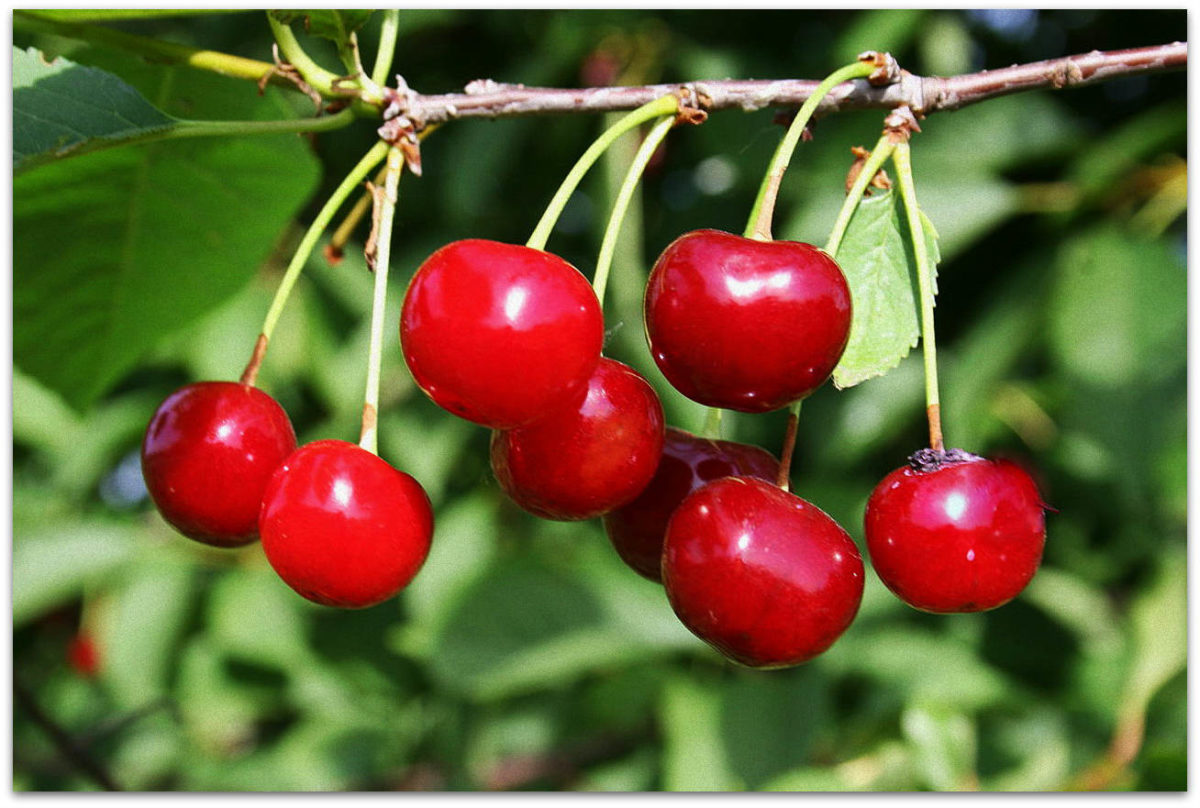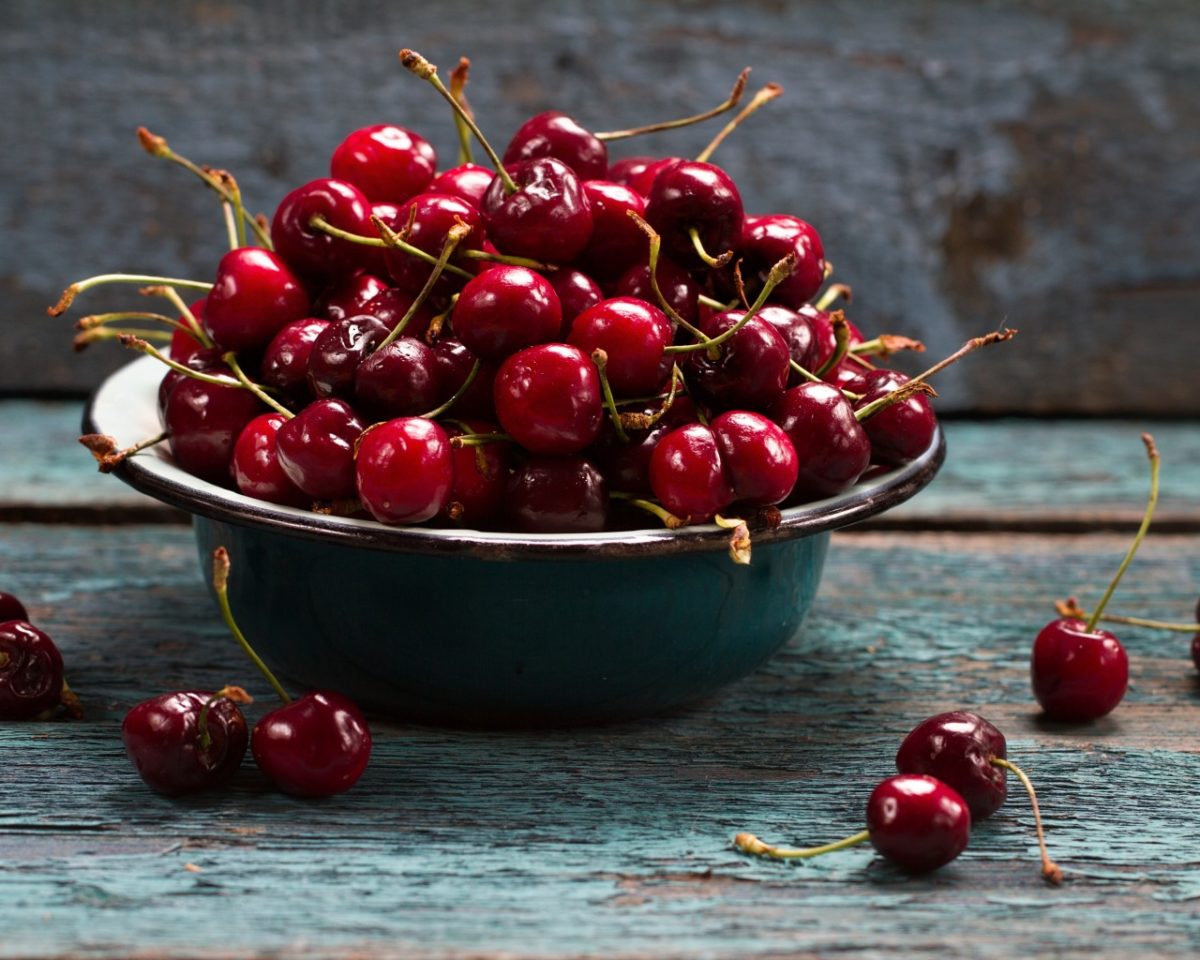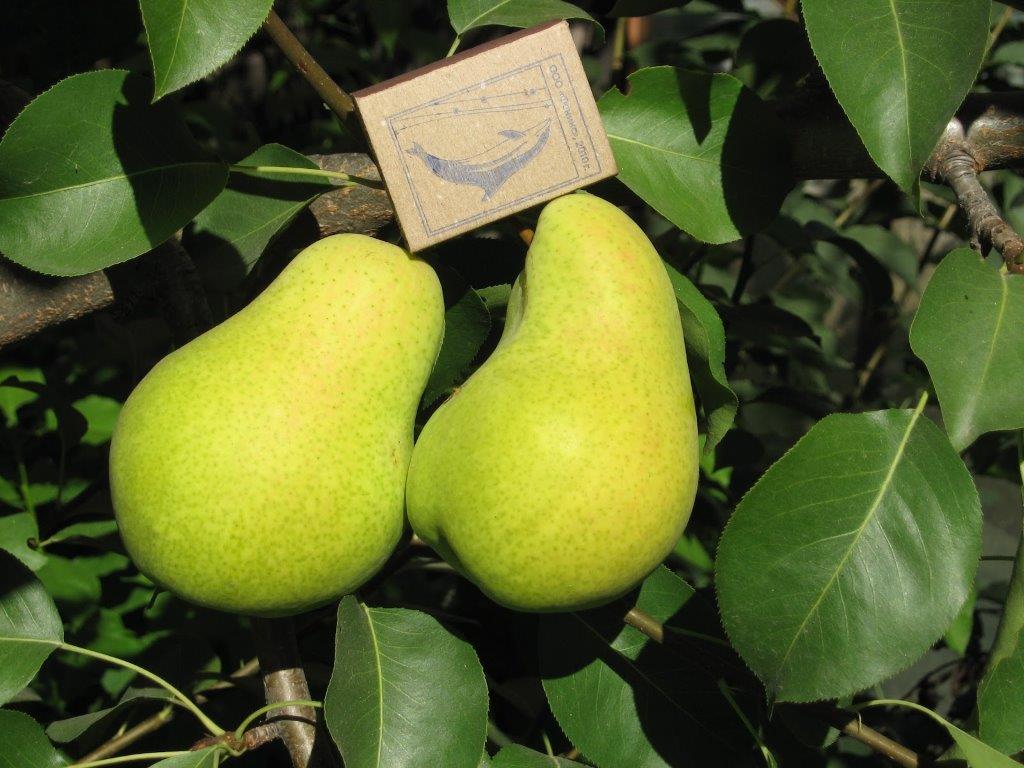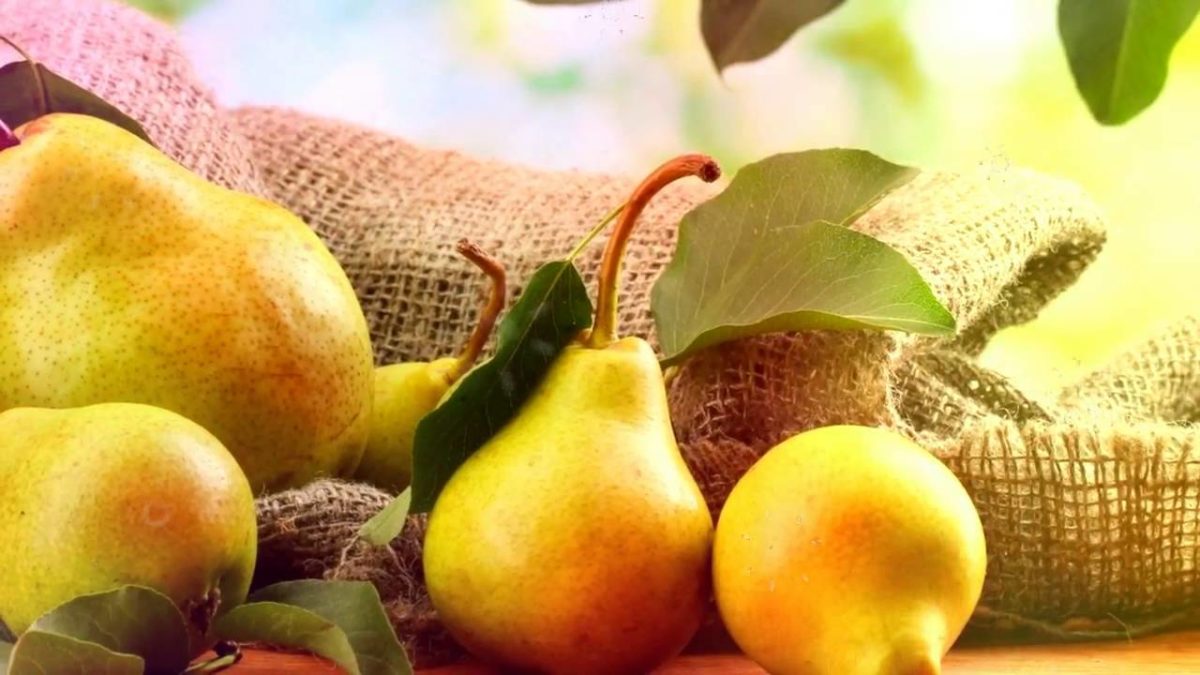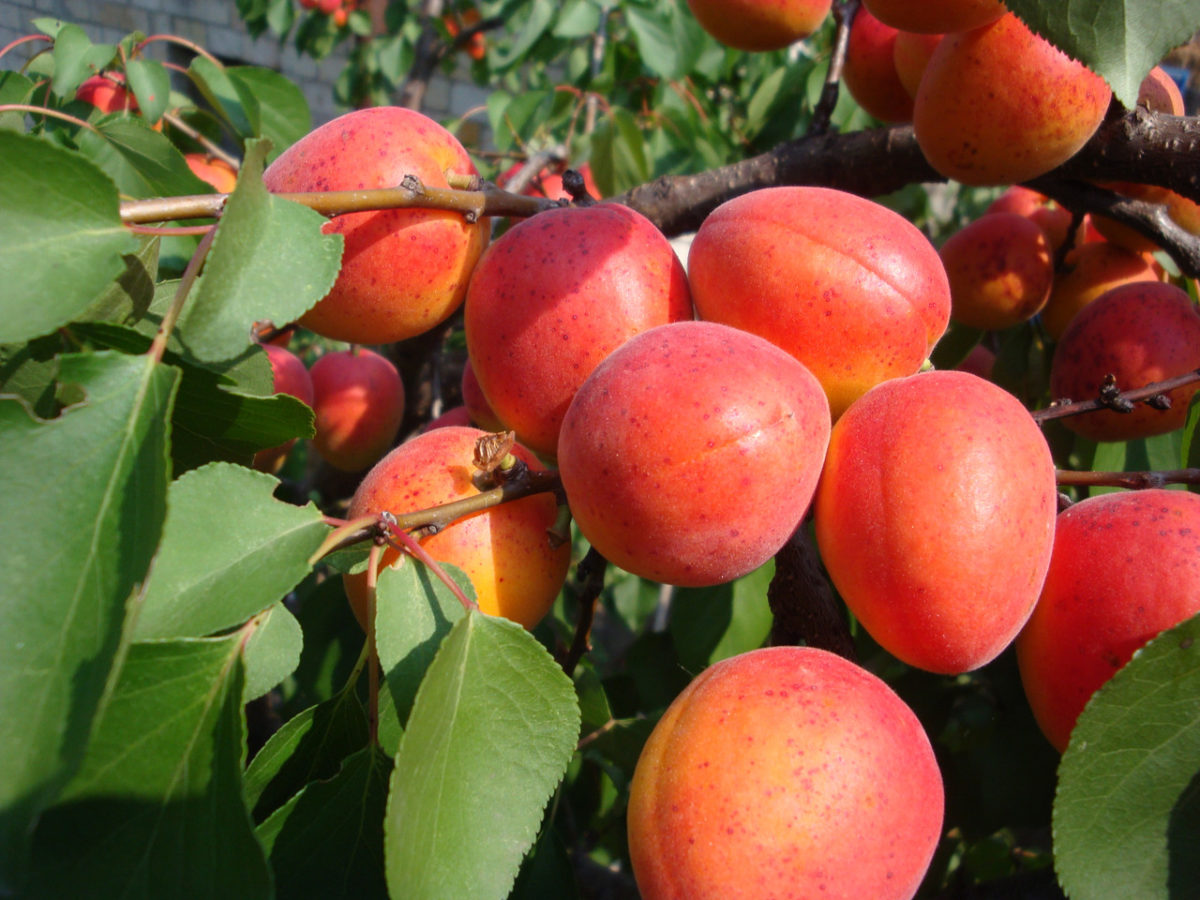Fruit
The Sakura Blossom is celebrated annually in Japan and is elevated to the rank of a national celebration. And in the children's fairy tale of the Italian Gianni Rodari "The Adventures of Chippolino" among the aristocratic plants, Cherry takes the position of a count. It is not surprising that the nobility and unique sophistication of the cherry was noted in different parts of the Earth. She conquers artists with the beauty of flowers and grace of lines. Its taste captivates with aromatic astringency of gourmets. Dessertnaya Morozovaya cherry is distinguished not only by tasty fruits, but also by resistance to low temperatures, for which domestic gardeners love it.
Cherries are widely distributed almost all over the world. Many countries are engaged in the cultivation and processing of fruits. But unfortunately, a decline in the popularity of this culture is outlined. To grow this amazing tree, you need to know all the subtleties and secrets of its agricultural technology. And believe me, growing cherries is very simple.
Experts distinguish pears by color, shape, type of taste, presence of stony inclusions. This list does not exhaust all the characteristics, but shows how diverse the criteria for evaluating fruits are. And all because all the nuances are important for connoisseurs of tender juicy pears. Meet the Chizhovskaya pear, an unpretentious and fruitful inhabitant of summer cottages in the north of Russia.
Until recently, pear cultivation in Russia was available only to gardeners living in warm southern regions. But thanks to the work of breeders, new varieties with improved characteristics constantly appear - more frost-resistant, unpretentious in care, large-fruited. At the same time, in terms of taste, such fruits successfully compete with southern ones. There are varieties of different ripening periods, so pears can be eaten from mid-summer to winter. There are enough of them to make an reasoned choice, you need to familiarize yourself with the advantages and disadvantages of each of them.
Apricots are thermophilic, therefore, in Russia, only gardeners in regions with a warm subtropical climate have the opportunity to cultivate any of their varieties. Fruits of an elegant bright orange color are not only tasty, but also extremely useful for health, respectively, this tree is often found in personal plots. The choice of a variety must be approached with all responsibility, taking into account both the positive and negative aspects. Apricot Krasnoshekiy has been known to Russians for more than seventy years, but it is still popular, despite the ongoing competition from new breeding products. Its advantages (appearance and taste of fruits, relative unpretentiousness in care, yield) outweigh the disadvantages (tendency to be affected by certain diseases, frost resistance insufficient for most regions).
